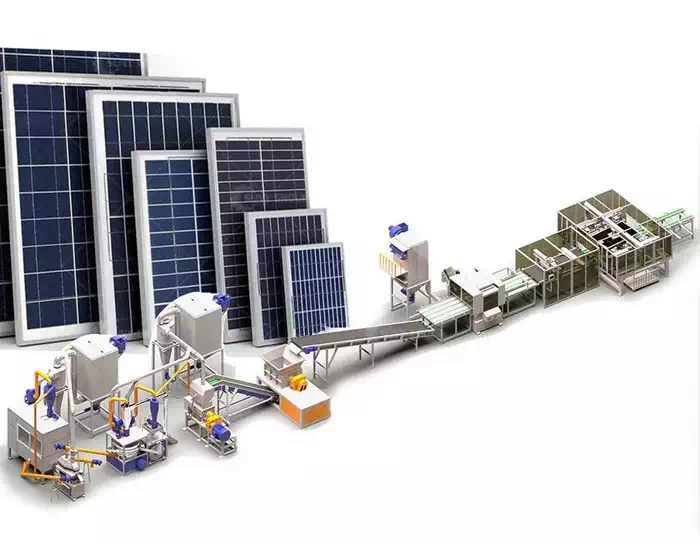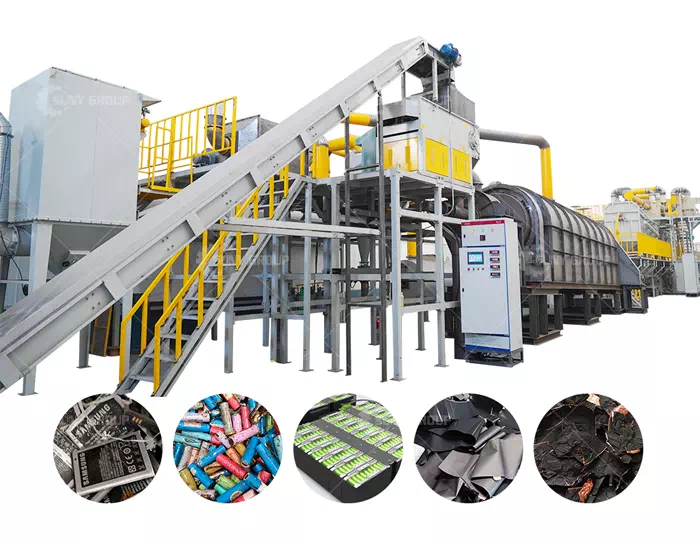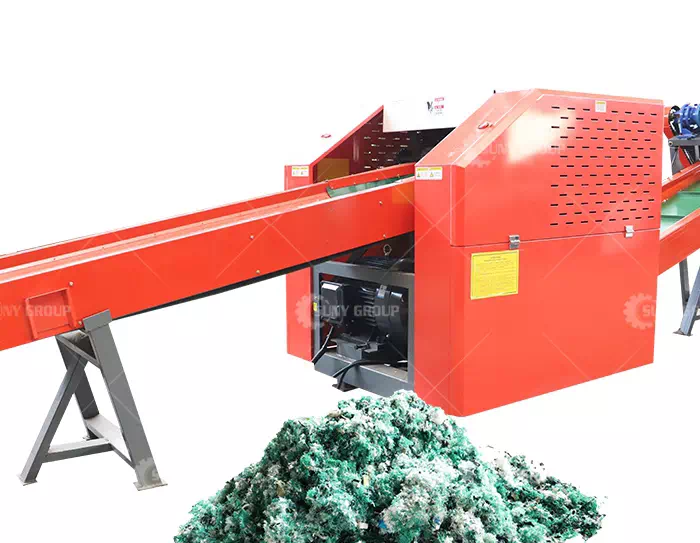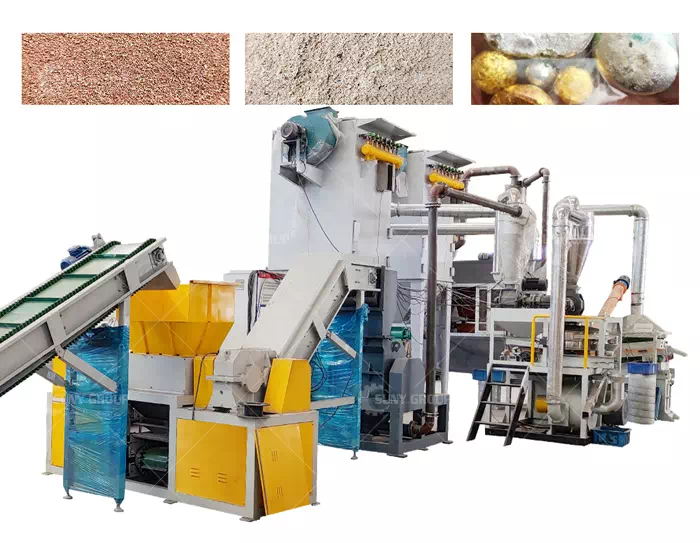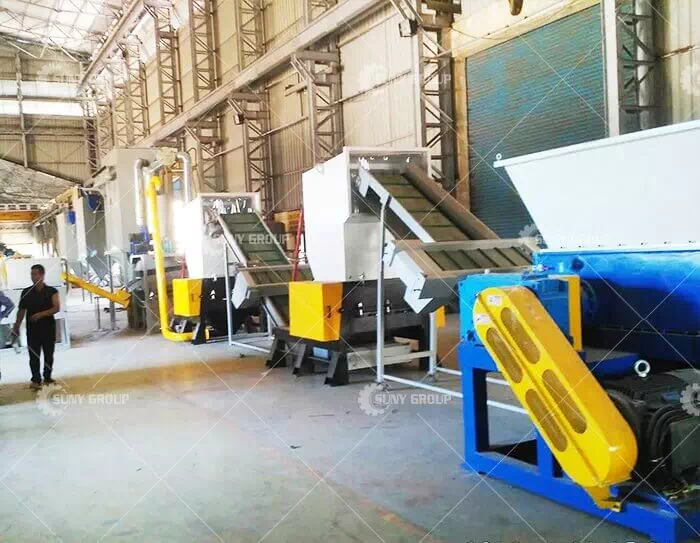Current Situation and Technology of Recycling and Utilization of Waste Lead-acid Batteries
With the continuous expansion of the application fields of lead-acid batteries, such batteries have begun to be used in fields such as automobiles, electric vehicles, and communications, resulting in an increasing demand for lead-acid batteries and further promoting the production capacity of lead-acid batteries. The expansion has promoted the sustainable development of the lead-acid battery production industry. With the rapid development of the lead-acid battery industry, a large number of waste lead-acid batteries are produced every year, and it is also a heavy task to deal with these large quantities of lead-acid batteries, which are increasing year by year, especially for them. Environmentally friendly treatment reduces the pollution of these batteries to the environment. exist
Recycling and Pretreatment of Waste Lead-acid Batteries
The first step in the recycling of scrapped lead-acid batteries is to dismantle them to completely separate the lead inside from the shell, so that the next step of recycling can be carried out. The traditional manual dismantling method is not only time-consuming and labor-intensive, but also has potential safety hazards. , The fully automatic lead-acid battery dismantling machine developed by SUNY GROUP can quickly and effectively disassemble the scrapped lead-acid battery, which not only has high efficiency, but also has a high recovery rate.
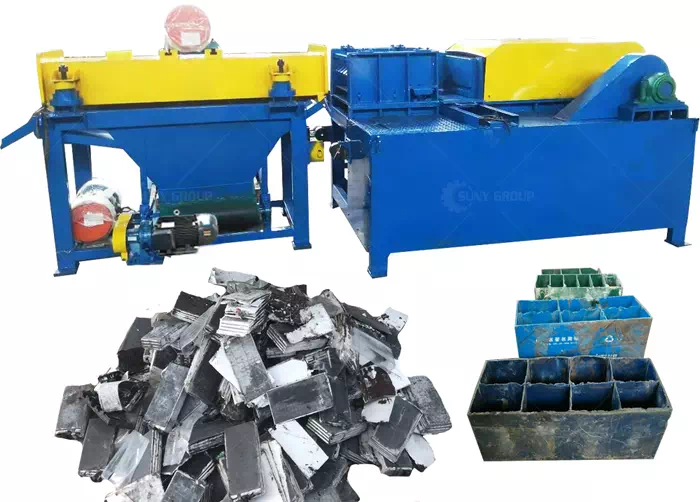
Lead-acid battery dismantling machine
There is no noise, energy saving, and no acid splash when in use. The battery shell and cover are relatively complete after dismantling, without loss of plastic, can be paused at any time, and can also be started at any time to achieve single-person operation. It is an ideal choice for recycling waste batteries and is suitable for large-scale dismantling of lead-making enterprises and battery enterprises. separate.
Recovery Technology of Waste Lead from Waste Lead-acid Battery
The technologies for recycling waste lead from waste lead-acid batteries are generally divided into three types: pyrometallurgy process, hydrometallurgy process, and solid-phase electrolysis process.
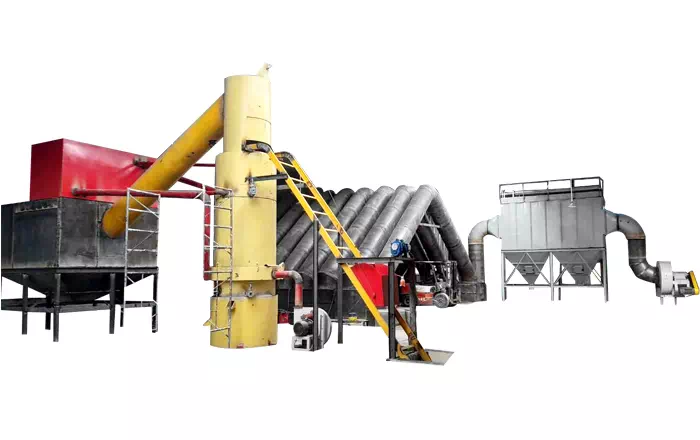
Conflict furnace lead smelting furnace
1. Pyrometallurgy process
Pyrochemical treatment of waste lead-acid batteries mainly adopts reduction smelting. In addition to adding reducing agents, fluxes such as iron filings, sodium carbonate, limestone, quartz and fluorite can also be added during smelting.
2. Hydrometallurgy process
The battery fragments obtained after dismantling and pretreatment of waste lead-acid batteries are a mixture of metallic lead, lead oxides, lead salts, and other metals such as copper, silver, and arsenic.
Hydrometallurgy technology, also known as electrolysis, selectively reduces all lead compounds in battery fragments to metallic lead by means of electricity. Its main feature is that there is no waste gas and waste residue during the smelting process, and the recovery rate of lead can reach 95~97%.
The working principle of hydrometallurgy technology is to add a reducing agent in the solution, and the reducing agent in the lead reduction process can be configured with steel pickling wastewater to achieve the purpose of "treating waste with waste".
3. Solid phase electrolysis process
The solid-phase electrolysis process uses sodium hydroxide aqueous solution as the electrolyte, and the cathode and anode are made of stainless steel plates. During electrolysis, the solid-phase leaded substance molecules in the lead paste obtain electrons from the surface of the cathode and reduce them to metallic lead.
The above is a brief introduction to the current situation and process of recycling waste lead-acid batteries. Waste lead-acid batteries contain high lead, and their recycling has strong economic and environmental benefits.
Recommend products
CONTACT US:
If you have any requirement or suggestion, please fill in the form and send to us, thanks!E-mail:sunymachine@gmail.com | Whatsapp:+8613674945231


